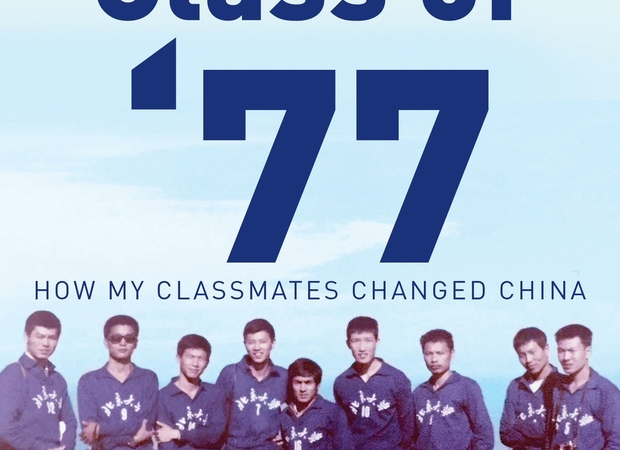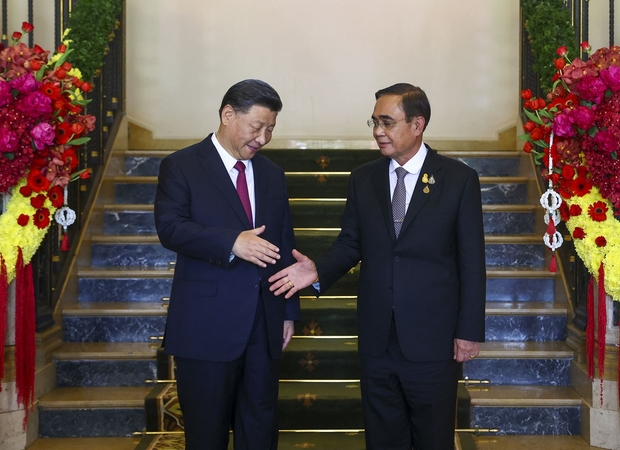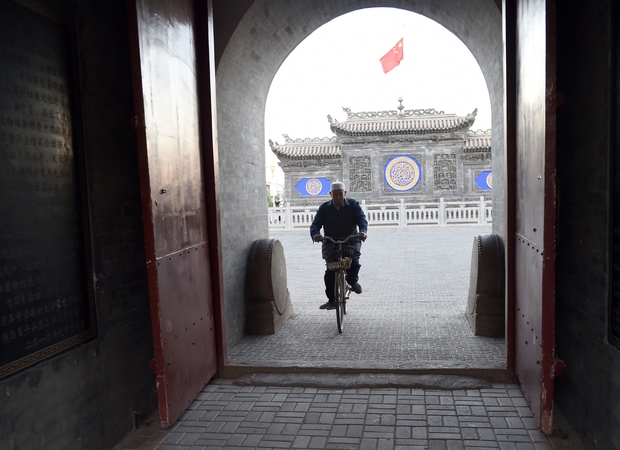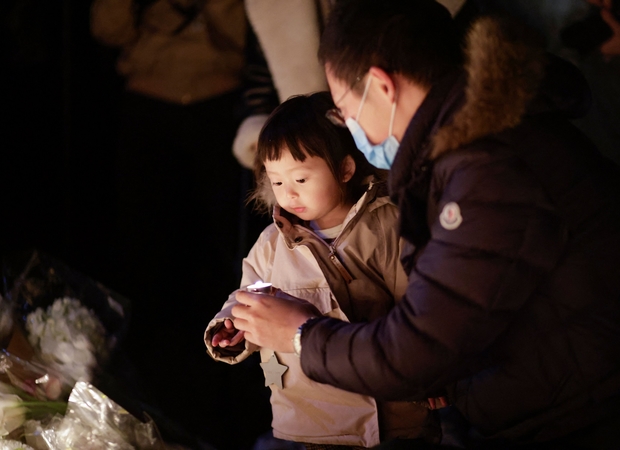Hoang Thi Ha
on December 22, 2022
Hoang Thi Ha is Senior Fellow and Co-coordinator of the Regional Strategic and Political Studies Programme at ISEAS-Yusof Ishak Institute. Prior to this position, she was Lead Researcher (Political-Security) at the ASEAN Studies Centre of ISEAS. Her research focuses on major powers in Southeast Asia and political-security issues in ASEAN, especially the South China Sea disputes, ASEAN human rights cooperation, ASEAN in the Indo-Pacific discourse, and ASEAN’s institution-building. Hoang joined the ASEAN Department of the Ministry of Foreign Affairs of Vietnam in 2004. She then moved on to work at the ASEAN Secretariat for nine years, with her last post being Assistant Director, Head of the Political Cooperation Division. Hoang holds an M.A. in International Relations from the Diplomatic Academy of Vietnam.







